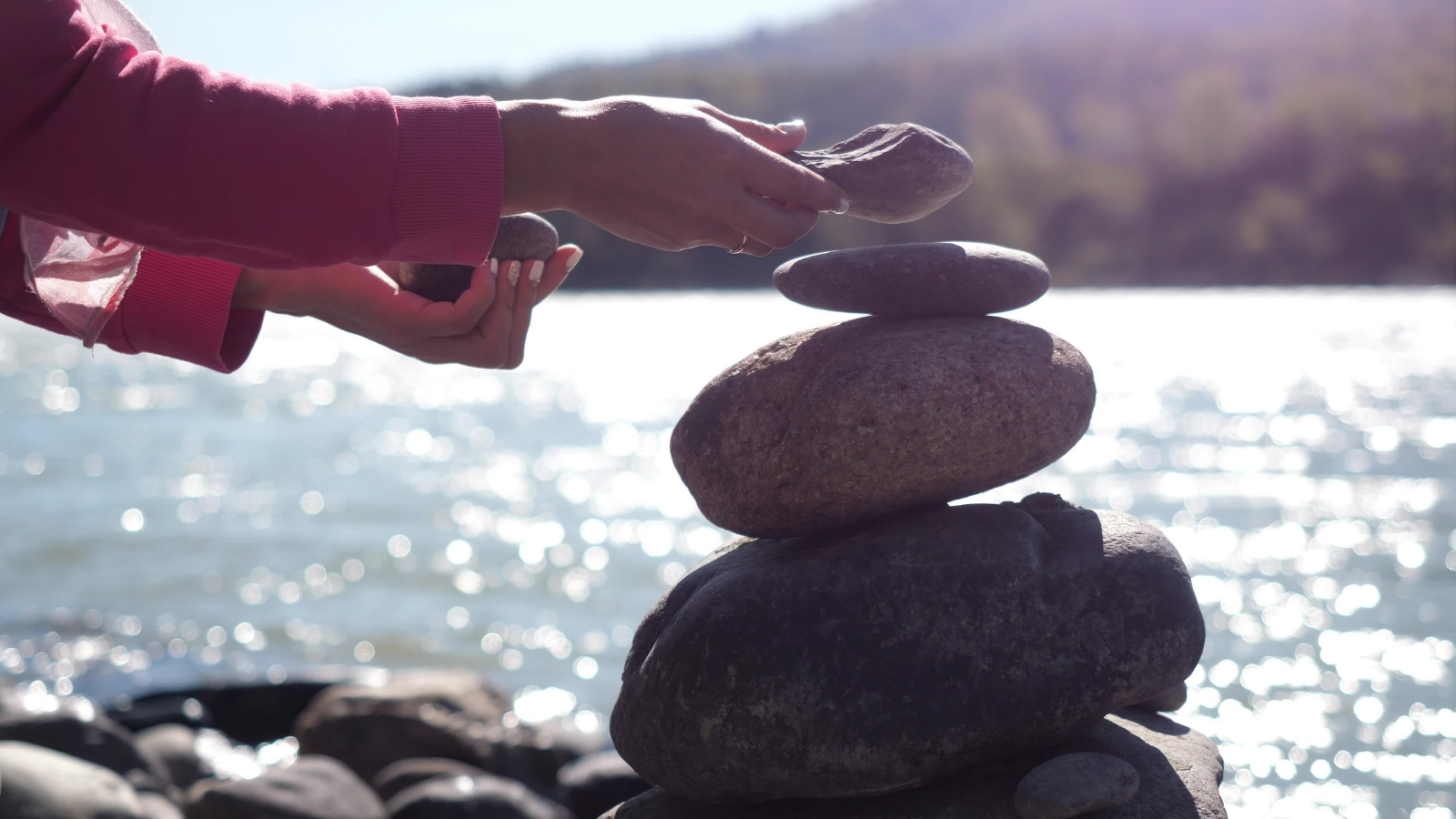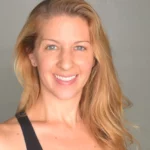5 Inspiring Stories of Self-Healing

Article At A Glance
Looking for your next good read to inspire and entertain? Explore the astounding power of self-healing through these 5 remarkable books that reveal uplifting stories of individuals conquering incurable ailments.
We have an incredible capacity for self-healing beyond what science can currently explain. I am fascinated by stories of people who have found ways to cure themselves of incurable conditions. In this post, I’ll tell you about five of my favorite books on self-healing from aplastic anemia, stroke, severe learning disability, Parkinson’s Disease, and cancer.
#1 Book on Self-Healing: Beyond Terminal by Chris Collins
At age 58, Chris Collins noticed tiny red dots on her legs and feet and several large bruises on her legs. A worried friend urged her to visit a doctor, and after blood tests, bone marrow biopsies, and being told that she had something serious—they just didn’t know what—a doctor diagnosed her with aplastic anemia, a rare blood disorder that affects only three in one million people. The doctor gave her three to six months to live.

Chris brings us on her journey of self-healing as she navigates mainstream medical treatment and alternative modalities. She explores meditation, Chinese medicine, diet changes, and significant lifestyle changes to reduce her stress. Chris discovers that a lifetime of stress, beginning with abuse from an alcoholic mother and leading to being a full-time caregiver for her disabled son, had helped to bring her body to its breaking point. Her diet of nutritionally deficient foods and eating foods that she had reactions to (dairy, gluten) were the other significant factors in developing aplastic anemia. Chris ultimately decides to pursue only alternative healing, and three-and-a-half years after her initial diagnosis, blood tests confirmed that Chris had completely recovered.
Chris’s honest storytelling and quirky sense of humor about life make her self-healing journey completely relatable. She learns the power of trusting her intuition, and that how we feel should be the ultimate measure of our health. She learns the important truth that healing must come from within. Chris’s story is uplifting and inspiring, and impossible to put down.
#2 Book on Self-Healing: My Stroke of Insight by Jill Bolte Taylor
At age 37, neuroanatomist Jill Bolte Taylor suffered a major hemorrhage in the left hemisphere of her brain due to an undiagnosed congenital malformation of blood vessels. Over the next four hours, she observed her mind deteriorate. She quickly lost the ability to walk, talk, read, write, and remember her life. In her own words, she felt like “an infant in a woman’s body.” Two and a half weeks later, Jill had surgery to remove a golf ball-sized blood clot in her brain.
Jill describes in detail what it was like to be a brain scientist and have a stroke—she experienced firsthand what she had been studying and teaching for years. She was completely aware of her mental and physical functions rapidly changing. During and after her stroke, her internal perception of her brain and body, and her perception of reality, shifted dramatically.

Jill found that she had to make the decision of whether or not to recover. It was difficult because she loved her new fluid, free, peaceful state of consciousness. Many times every day, she had to decide if she wanted to put forth the effort to try to get better. Ultimately, she realized that her stroke was a blessing and that she had to recover in order to teach people that they can attain Nirvana, a deep internal peace that exists in the consciousness of the right hemisphere of the brain, at any time. Her story gives deep insight into the roles and relationships between the right and left hemispheres of our brains.
Day by day as her brain healed itself, Jill felt improvements in her mental and physical functioning. Eight years later, she deemed herself to be fully recovered. She attributes her recovery to her attentive, sensitive caregivers and to the fact that she has an academic understanding of her brain function. At the end of her book, Jill provides a list of 40 things that were essential to her self-healing. This book is a must-read for all stroke survivors, their caregivers, and their doctors.
#3 Book on Self-Healing: The Woman Who Changed Her Brain by Barbara Arrowsmith-Young
Barbara Arrowsmith-Young was born with severe learning disabilities. As a child, she could not tell time or do basic math. She couldn’t understand what she was reading, so she read and wrote everything backward. She couldn’t follow conversations or the rules of games. She was always getting lost and constantly got injured because the left side of her body felt “alien” to her.
Luckily, Barbara had an incredible memory. She could watch the news on TV and then repeat it word for word. She also had a strong work ethic and was determined to succeed. Her memory and grit got her to graduate school, where she happened upon research showing evidence of neuroplasticity (the brain changing and growing) in rats. It inspired her to create cognitive exercises to “fix” her own brain.

Barbara was 26 at the time. She began by teaching herself how to read an analog clock. She made flashcards and would turn the hands of a clock to the correct time and then draw the clock face. She practiced for up to 12 hours per day. Gradually, she became able to tell time more quickly and accurately. Logic, grammar, and math began to make sense. The mental fog that she had felt since childhood lifted and disappeared completely.
In 1980, at age 29, Barbara founded the Arrowsmith School in Toronto to help others overcome their learning disabilities with her methods. By practicing exercises that target specific cognitive weaknesses, new neural connections and neurogenesis (the growth of new neurons) occur in the parts of the brain involved. Repeated stimulation of areas of the brain leads to new connections and new neurons in those areas—this is the concept of “activity-dependent neuroplasticity.”
Barbara has tracked people for 30 years after they’ve overcome their learning disabilities at the Arrowsmith School. She has observed that there is no loss of their cognitive improvements over time. She hypothesizes that once “normal” brain function has been established, regular daily life provides enough stimulation to maintain it. Barbara’s groundbreaking method of education is proof of the extent to which we can change the function of our own brains.
#4 Book on Self-Healing: Fighting Parkinson’s… And Winning by Howard Shifke
In September 2009, while working at his computer, Howard Shifke felt his entire body shaking on the inside. He could see that he was not shaking externally, so he looked up “internal shaking.” Google pointed him to Parkinson’s Disease. Howard had watched his mother suffer from Parkinson’s for 24 years, and he immediately went into a state of denial that he could possibly have the same condition.
Howard began to realize that symptoms had been gradually coming on for some time: hunched posture, worsening balance, a shuffling gait, muscle pain and stiffness, and fatigue, among others. Six weeks later, he visited a neurologist and got a formal diagnosis of Parkinson’s Disease. Howard went into another state of denial—denial that his condition was incurable.

After researching medications that are typically prescribed to control Parkinson’s symptoms, Howard decided not to take any of them. The medications had side effects of increasing tremors, stiffness, slowness, and constipation, all of which he already had, and he decided that he did not want to add to these problems. Howard had also seen his mother suffer from dementia, which her neurologist said was a result of her medications.
Howard immediately created a plan to recover from Parkinson’s drug-free. His approach to self-healing included daily practice of meditation, medical Qigong, and switching to a vegetarian diet. As the months went on, Howard found that his adrenaline-driven, judgmental, critical mind was holding him back from making progress. As he began to shift his habitual thought patterns into ones of acceptance, forgiveness, compassion, and love, he began to feel noticeable improvements in his symptoms.
On June 9th, 2010, nine months after Howard noticed his internal tremors, his symptoms suddenly decreased by 50 percent. Three days later, he awoke to find his symptoms completely gone. Nearly 10 years later, Howard is still symptom-free.
Howard’s story is an incredible account of self-healing from an incurable disease. Fighting Parkinson’s … and Winning is a must-read book on self-healing for anyone suffering from Parkinson’s, their loved ones, and, importantly, their neurologists.
#5 Book on Self-Healing: Dying To Be Me by Anita Moorjani
At age 43, Anita Moorjani found a lump on her left shoulder. She was diagnosed with lymphoma, a cancer of the lymphatic system. At the time of her diagnosis, both her best friend and brother-in-law were suffering from cancer, and Anita was watching them deteriorate while going through chemotherapy. Soon, they both passed away.
Anita began to explore all methods of alternative healing that she could find. She tried hypnotherapy, meditation, prayer, chanting, and Chinese herbal remedies. Eventually, she quit working and traveled to India to follow the healing systems of Ayurveda and yoga. After six months in India, both she and her yoga master felt that she had healed.

Upon returning home to Hong Kong, some friends doubted that she could have improved, and their opinions made Anita doubt her recovery. She became confused about the differences between Ayurveda, Traditional Chinese Medicine, and Western naturopathic systems. Stress, confusion, and fear overtook her, and her health deteriorated rapidly.
Soon, Anita was in and out of the hospital for blood transfusions. Her cancer spread throughout her lymphatic system, and it was too late for chemotherapy. Her doctor gave her three months to live. On February 2, 2006, Anita fell into a coma and was admitted to one of the best hospitals in Hong Kong. The doctors told Anita’s husband that she had tumors the size of lemons throughout her lymphatic system, her brain and lungs were filled with fluid, and her organs had shut down. She was not going to make it through the night.
Though her eyes were closed, and she appeared to be in a comatose state, Anita was acutely aware of everything that was going on. She could hear and see a conversation taking place between her husband and her doctor, even though it was happening outside the ICU, 40 feet down the hallway. She knew that her brother was boarding a plane thousands of miles away to come see her. She also knew that if she chose to return to her life, she would experience a full recovery.
On the afternoon of the next day, 30 hours after slipping into a coma, Anita opened her eyes. Her doctor relayed the news that her organs had begun to function again. Over the coming weeks, Anita’s cancer completely disappeared. Her miraculous recovery has been medically documented, and she was featured in the documentary Heal.
I will leave the incredible details of Anita’s near-death experience and self-healing recovery for those who want to read her book, but suffice it to say that reading this book will change your view of life and death.
Also, read...
Are You At Risk for Premature Aging?
Related courses

Sarah Warren is a Certified Clinical Somatic Educator and the author of the book The Pain Relief Secret. She was trained and certified at Somatic Systems Institute in Northampton, MA. Sarah has helped people with chronic muscle and joint pain, sciatica, scoliosis, and other musculoskeletal conditions become pain-free by practicing Thomas Hanna’s groundbreaking method of Clinical Somatic Education. Sarah is passionate about empowering people to relieve their pain, improve their posture and movement, and prevent recurring injuries and physical degeneration.



